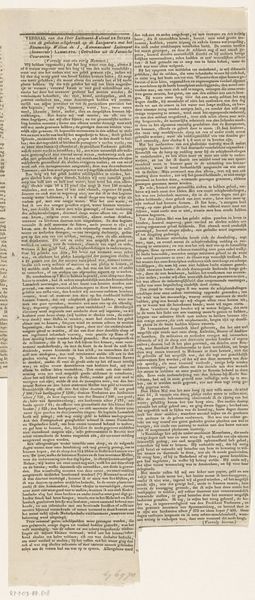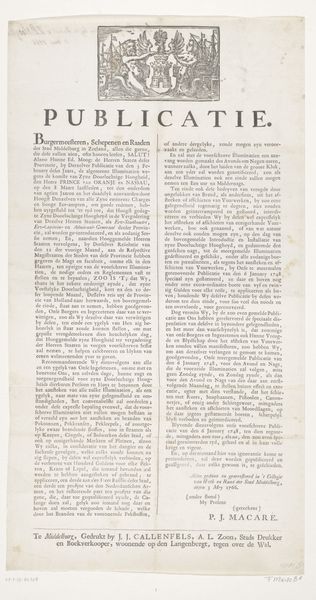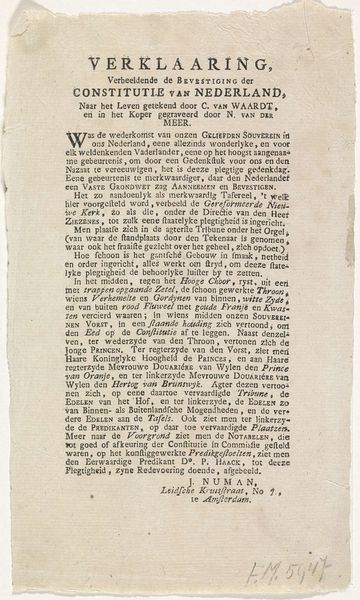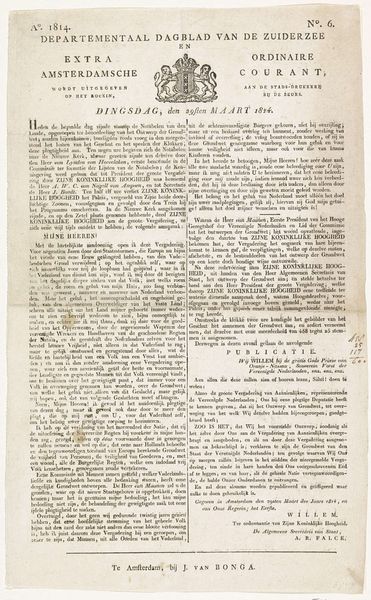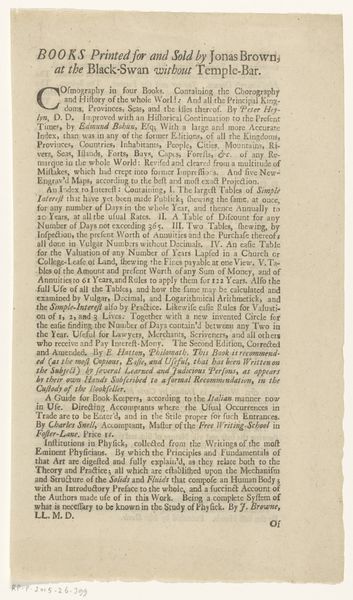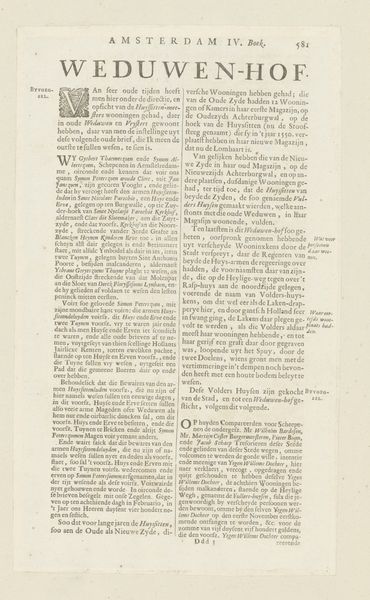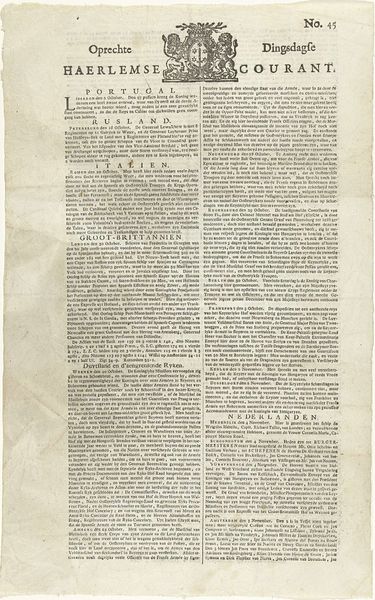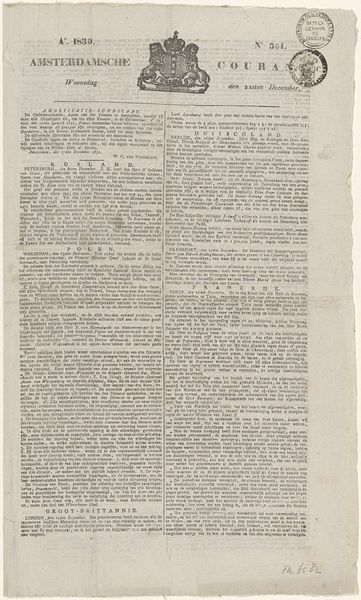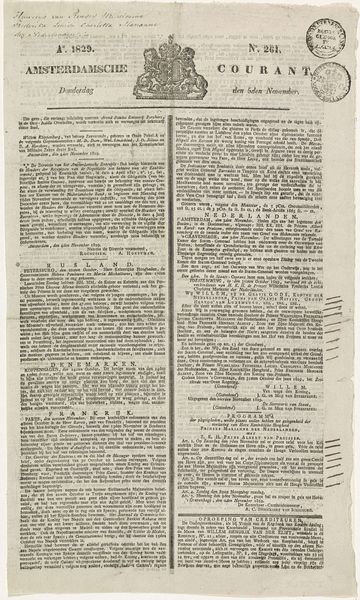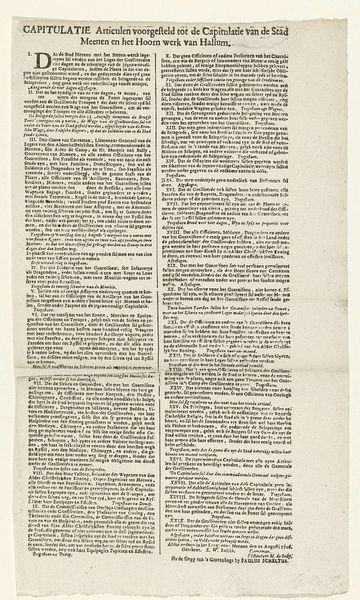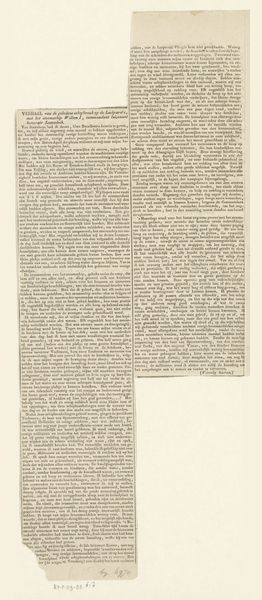
print, typography, engraving
# print
#
old engraving style
#
typography
#
journal
#
stylized text
#
engraving
Dimensions: height 285 mm, width 160 mm
Copyright: Rijks Museum: Open Domain
Printed in 1786 by Evert Tijhoff, this document details the oath sworn by the civic guard of Utrecht. The central motif, though not visual, is the oath itself, a powerful symbol of loyalty, duty, and social cohesion. Throughout history, oaths have been a cornerstone of societies, from the Roman "sacramentum" to the medieval oaths of fealty. This symbolic act, laden with expectation, binds individuals to a collective purpose, promising commitment to a shared cause. One can draw parallels to Jacques-Louis David's "Oath of the Horatii" where a similar gesture embodies the ideals of sacrifice for the republic. The oath, therefore, serves as a point of convergence, transcending time and artistic mediums, reappearing in different guises. It evokes the psychological power of ritual, tapping into deep-seated needs for belonging and security, channeling communal energy into a performative act. The symbolic force of the oath is a cyclical return of a fundamental human practice. It resurfaces in moments of social and political importance, carrying with it the weight of historical precedent, yet always shaped by the specific context in which it is enacted.
Comments
No comments
Be the first to comment and join the conversation on the ultimate creative platform.

